Exploring Easter Island, one of the world's most remote inhabited islands
It takes time and effort to travel to this mystical locale

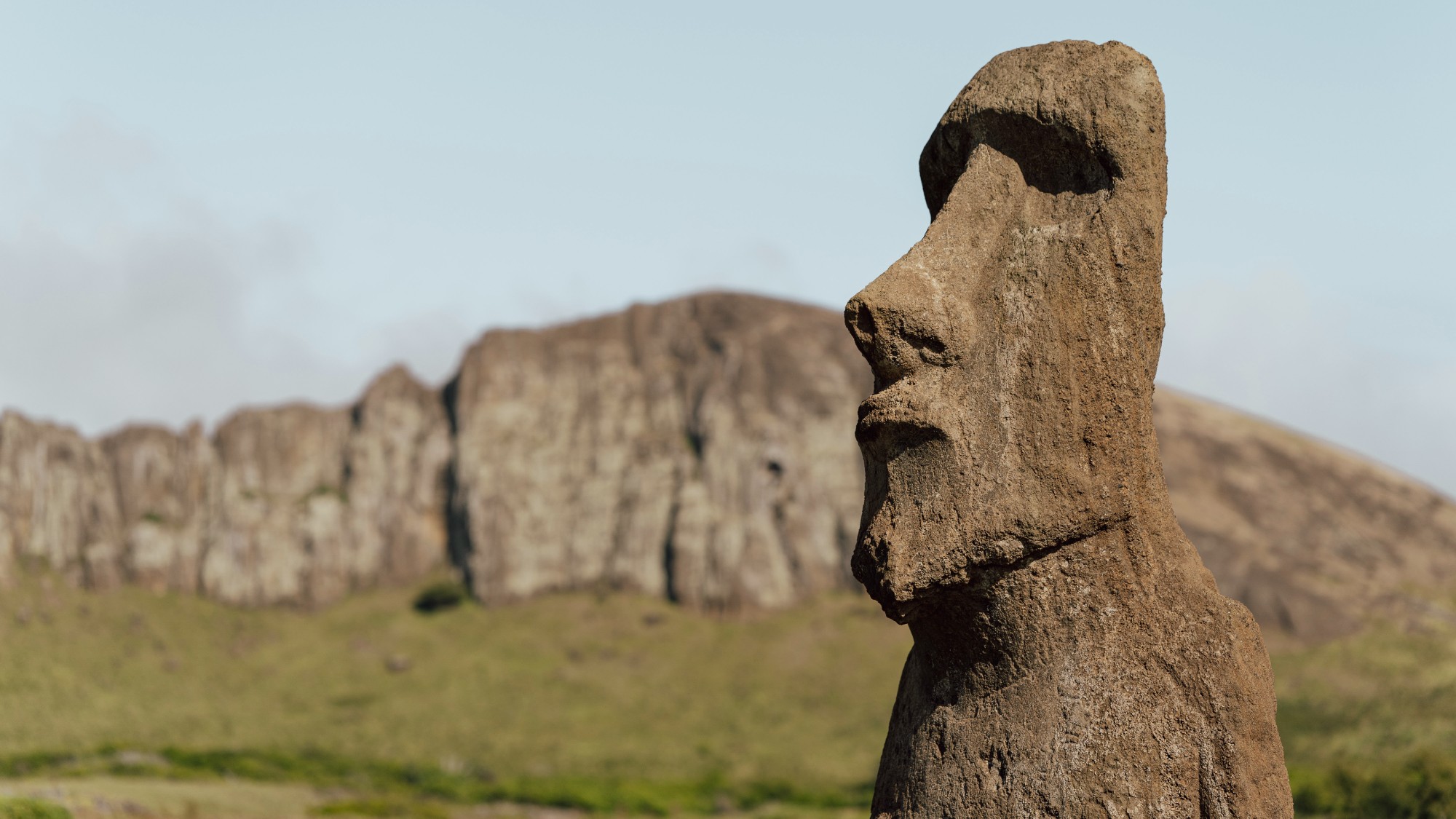
There is no place in the world like Easter Island, also known as Rapa Nui. It feels like it is not even of this world. Located more than 2,000 miles from South America's mainland, it is one of the Earth's most isolated inhabited islands, a tiny dot in the middle of the southwestern Pacific Ocean. Travelers have long been fascinated by the hundreds of massive moai, monolithic statues carved from volcanic rocks that are found across the island. These monoliths are just pieces of the Rapa Nui puzzle.
First, a brief history
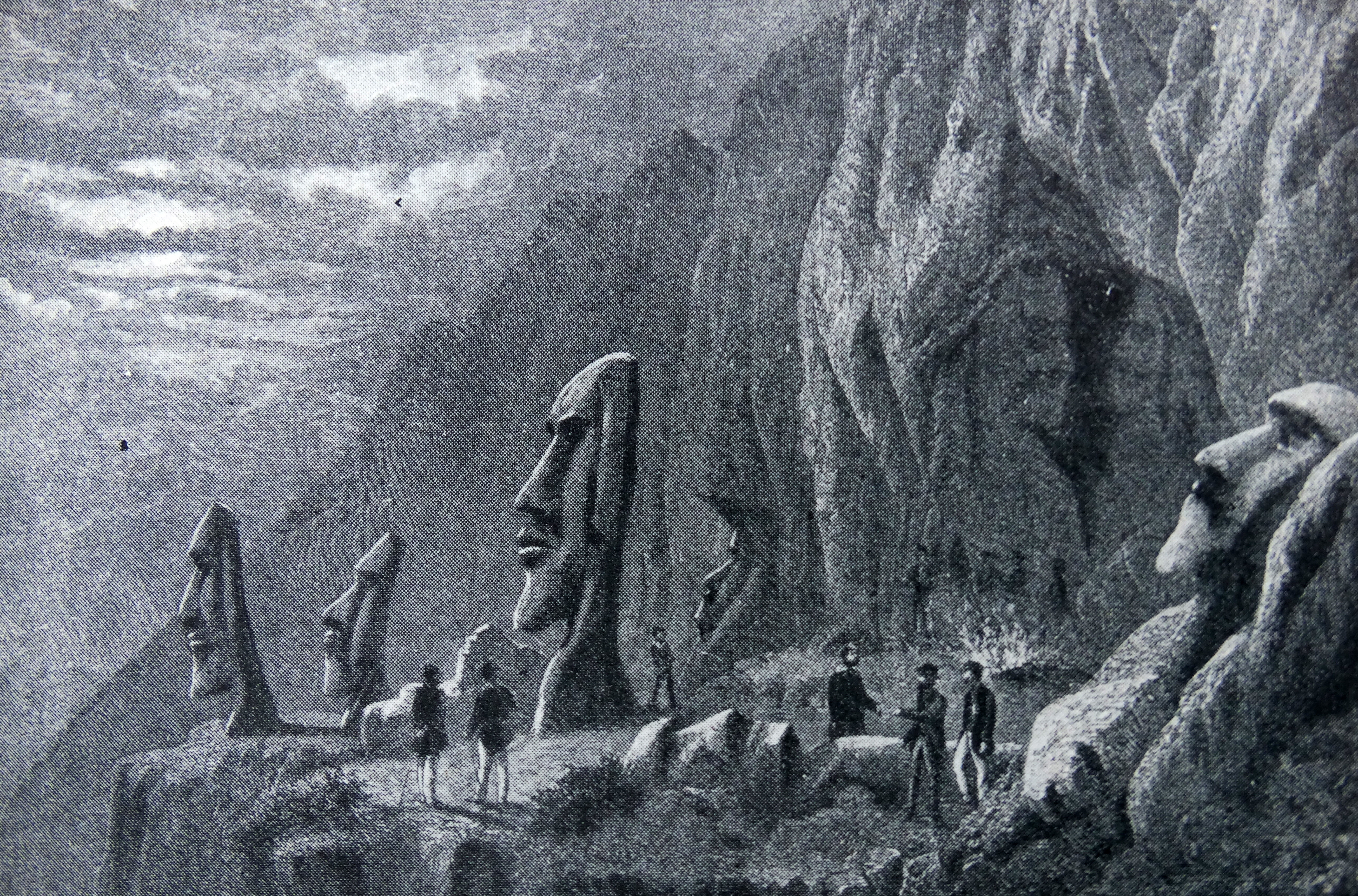
The moai are a link to Easter Island's past
The island has a mysterious past, and it is not clear when the first Polynesian inhabitants arrived. Researchers believe it could have been any time from the year 800 to 1200, and no one is sure where exactly they came from. The oldest moai dates back to 1300, and among the Rapa Nui people there was a belief that their chiefs were "descended from the gods and that after death they would once again become divine," National Geographic said. Their spirits were said to temporarily live inside the statues, and the statues remain sacred vessels.
Dutch explorer Jacob Roggeveen landed here on Easter Sunday in 1722, the first European known to visit the island, but only stayed for one day. By the time British captain James Cook arrived in 1774, the Rapa Nui population had plummeted and was decimated further in the 1800s by smallpox epidemics and Peruvian slave raids. Chile annexed the island in 1888, using the land to raise sheep, and in 1965 made it a special territory, giving residents Chilean citizenship.
The Week
Escape your echo chamber. Get the facts behind the news, plus analysis from multiple perspectives.

Sign up for The Week's Free Newsletters
From our morning news briefing to a weekly Good News Newsletter, get the best of The Week delivered directly to your inbox.
From our morning news briefing to a weekly Good News Newsletter, get the best of The Week delivered directly to your inbox.
Getting to Easter Island

Flying into Easter Island provides incredible views
There are two ways in: by boat or by plane, via Santiago, Chile. LATAM is the only airline that flies out of Santiago into Hanga Roa, the capital of Easter Island. It takes about five-and-a-half hours to reach Hanga Roa, with LATAM scheduling roughly a dozen flights every week. Some cruise lines, including MSC, Seabourn and Holland America also have itineraries with Easter Island stops.
Culture is omnipresent
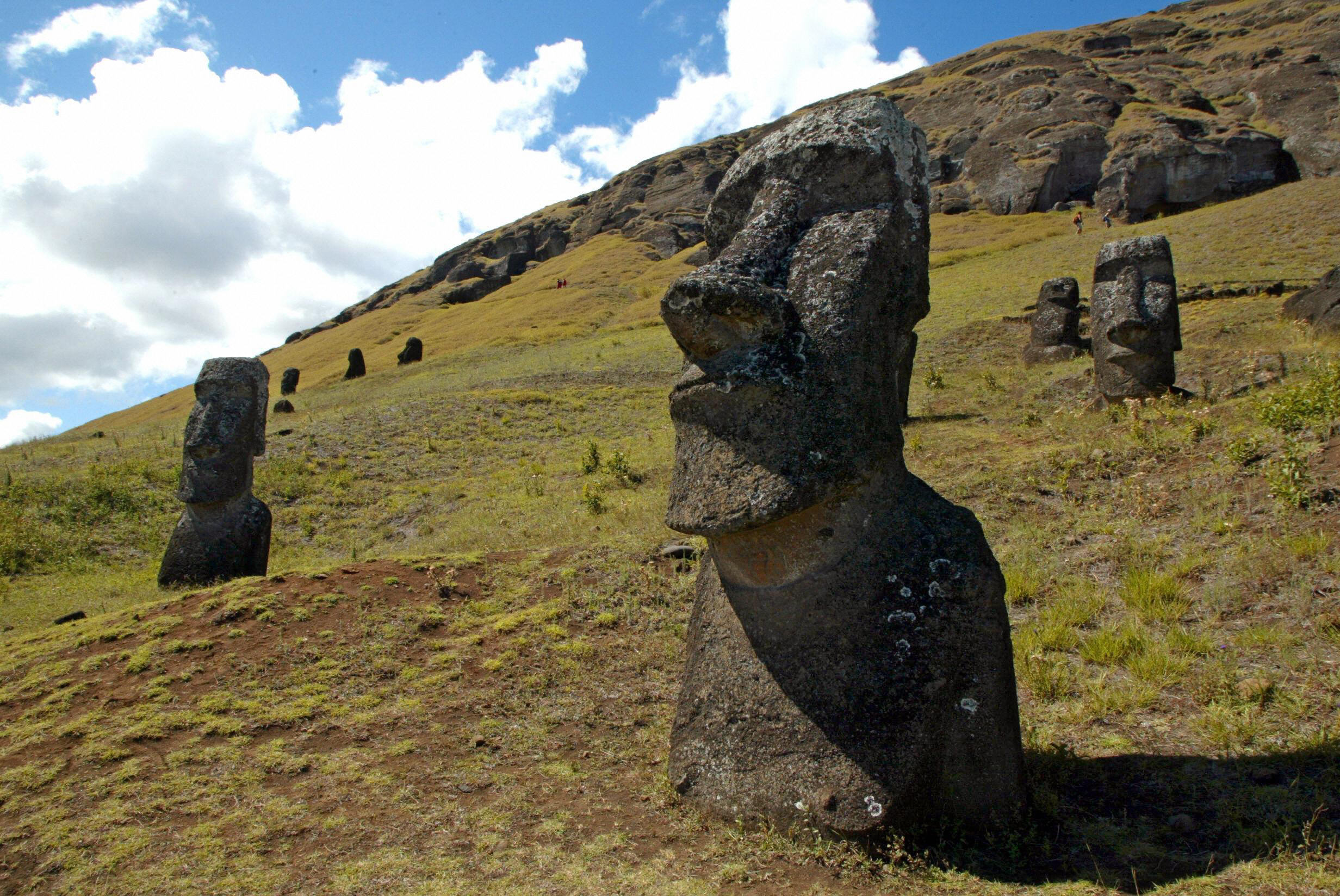
Moai stand watch from the Rano Raraku volcano
Rapa Nui National Park covers half of the island, and feels like an "open-air museum," Lonely Planet said, with "mysterious archeological sites and scenic hikes through barren volcanic cones." It is mandatory to have a guide at nearly every national park site, and this is useful when you hire a local who is especially knowledgable about the "mesmerizing" maoi, said Travel and Leisure.
Not all maoi are created equal. Some stand "proudly against the backdrop of the Pacific" and others are "buried up to their necks in soil." To see dozens of maoi in various stages of being carved, head to the Rano Raraku volcano. Being so close to the maoi makes it feel as though "you're stepping back into early Polynesian times," Lonely Planet said, and if you keep going up to the top of the volcano, you are rewarded with a "truly awesome" 360-degree view and "small glistening lake" filled with nearly two dozen standing maoi.
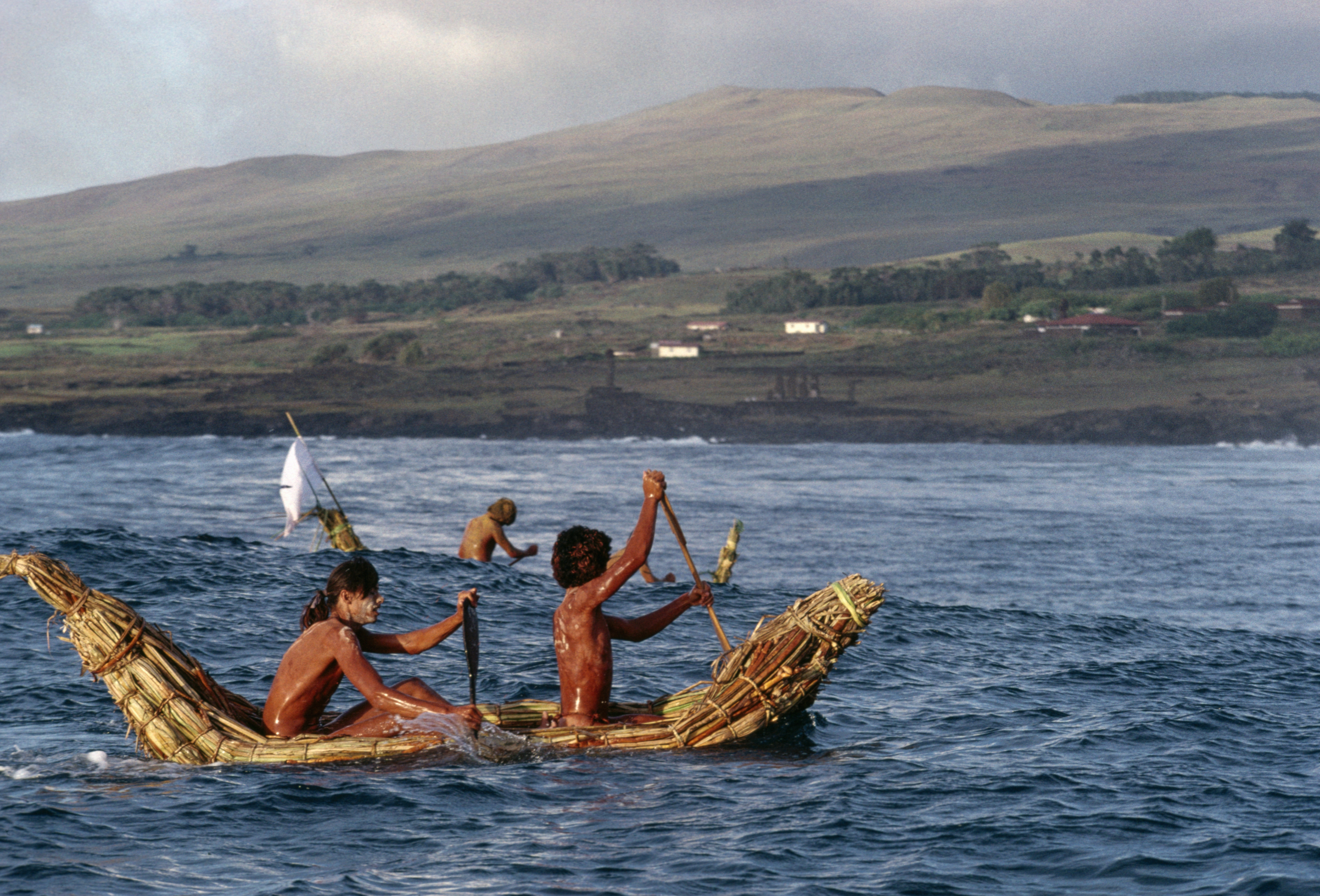
Canoe racing is one competition held during the Tapati Festival
To get a true sense of Rapa Nui and its culture and traditions, visit during February and experience the annual Tapati Festival. The two-week "contest of dance, drama, cookery, song and sport" reflects the essential need of the Rapa Nui to "connect with their past, their present and with themselves," the BBC said. A highlight is watching competitors come together to support one another during events like the banana tree trunk toboggan run.
A free daily email with the biggest news stories of the day – and the best features from TheWeek.com
Harmonious hospitality

The pool at Nayara Hangaroa looks out over the Pacific Ocean
Hoteliers on Easter Island know better than to compete with nature. Instead, they embrace it, bringing the outdoors inside. Nayara Hangaroa is a prime example, with grass roofs, "beautiful floor to ceiling windows" that let in the light and "special touches like a soaking tub made from clay," Robb Report said. One hot commodity is Wi-Fi, "which can be rare to find on the island," and another is access to the Manavai Spa, a replica of an ancient stone circle once used to hold water and protect crops from the wind. Treatments include bamboo therapy, hot stone massage and volcanic clay body wraps.
Seafood is of course abundant on the island, where every day, fisherman easily haul in full catches of deepwater tuna, mahi mahi and lobster. For an "unpretentious" take on fresh tuna ceviche, head to Rano Cafe. Fancy something crispy? Panaderia Y Pasteleria Hitu draws diners with its "freshly fried empanadas stuffed with everything from chicken to octopus." Traditional Polynesian fare gets a Belgian twist at the "buzzy" Amigo Secreto, which serves "some of Easter Island's best food," Fodors said. There are plenty of "classy and eclectic" fish and meat dishes to choose from, but the stars of the show are the seared tuna with Tahitian vanilla sauce and the chocolate desserts.
Finding balance
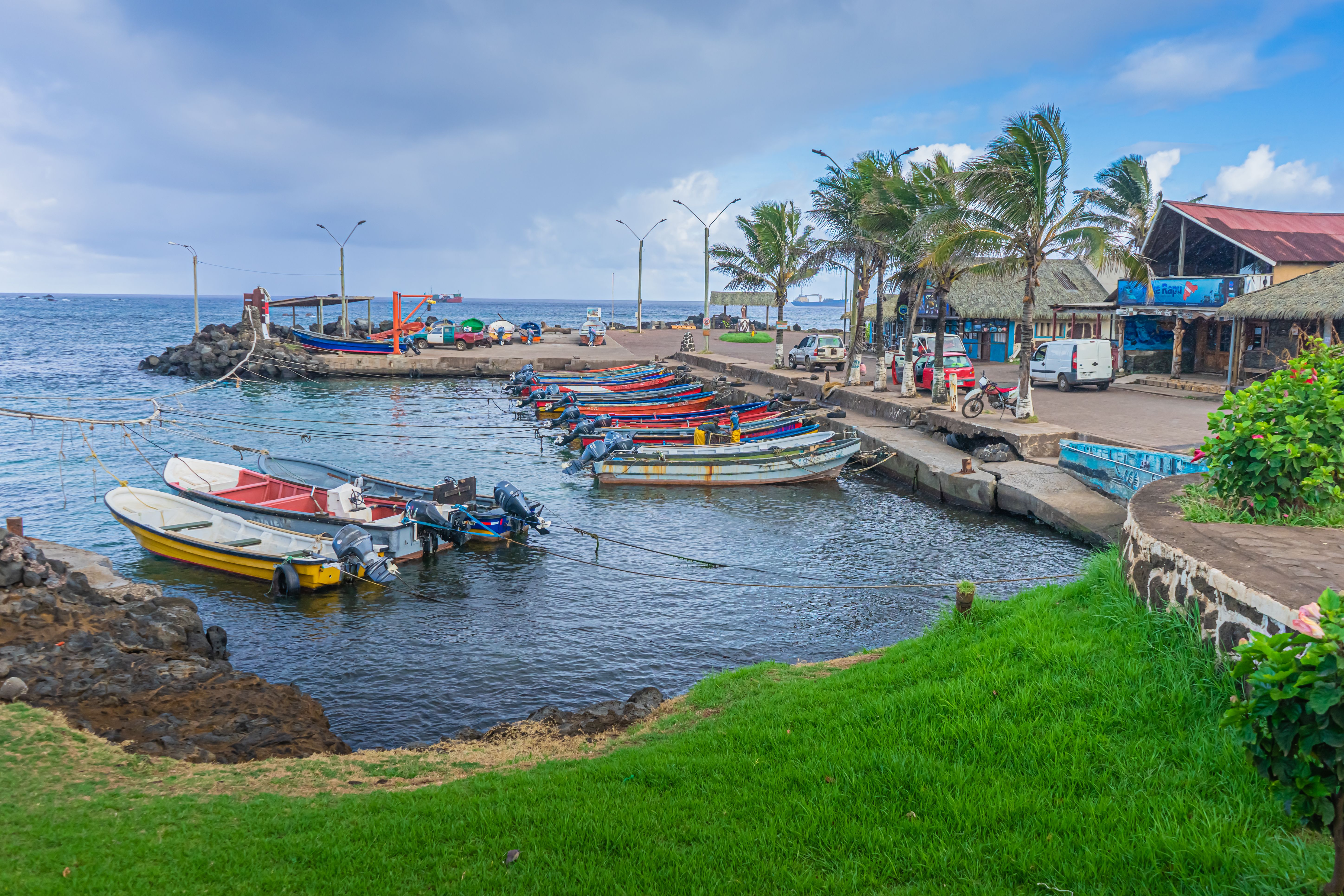
Moored boats were a common sight around Easter Island at the start of the pandemic
Easter Island experienced a renaissance during the first few years of the Covid-19 pandemic. The pandemic hit at a critical time, when more than 100,000 visitors were making the trek to Rapa Nui National Park and officials scrambled to find ways to combat overtourism. Easter Island, home to about 6,000 people, faces water scarcity, and this influx of travelers placed a "huge burden" on the land, CNN said in 2019.
To prevent a covid catastrophe, officials canceled flights in and out of the island, which kept the virus offshore — along with food and supplies. Hotels and restaurants were shuttered, and residents began practicing the "principle of umanga, or solidarity, freely sharing labor and even food or goods with neighbors without expecting anything in return," Travel and Leisure said. Before the island opened up to tourists again in August 2022, residents planted more than 1,000 new vegetable gardens, a major step toward self-suffiency and away from relying on imports from the mainland.
Umanga is still felt on Easter Island, and officials say they are striving for balance, carefully weighing decisions like whether or not to allow a new hotel to open and seeing how many flights are truly necessary each week. There is also now a cap on the number of days a visitor can stay on the island: no more than 30.
Catherine Garcia has worked as a senior writer at The Week since 2014. Her writing and reporting have appeared in Entertainment Weekly, The New York Times, Wirecutter, NBC News and "The Book of Jezebel," among others. She's a graduate of the University of Redlands and the Columbia University Graduate School of Journalism.
-
 Why is Trump’s alleged strike on Venezuela shrouded in so much secrecy?
Why is Trump’s alleged strike on Venezuela shrouded in so much secrecy?TODAY'S BIG QUESTION Trump’s comments have raised more questions than answers about what his administration is doing in the Southern Hemisphere
-
 Vance’s ‘next move will reveal whether the conservative movement can move past Trump’
Vance’s ‘next move will reveal whether the conservative movement can move past Trump’Instant Opinion Opinion, comment and editorials of the day
-
 Why recognizing Somaliland is so risky for Israel
Why recognizing Somaliland is so risky for IsraelTHE EXPLAINER By wading into one of North Africa’s most fraught political schisms, the Netanyahu government risks further international isolation
-
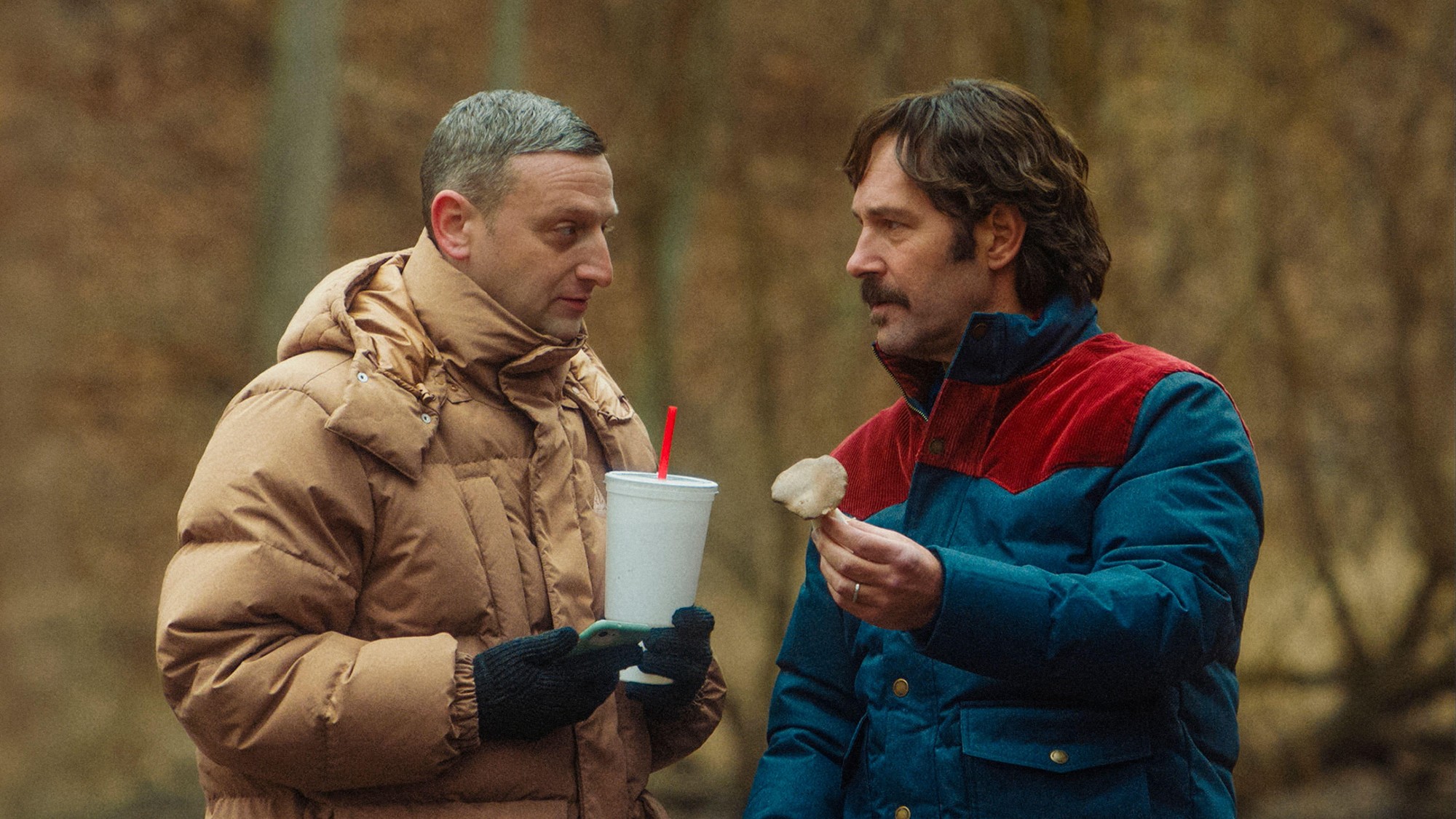 The 8 best comedy movies of 2025
The 8 best comedy movies of 2025the week recommends Filmmakers find laughs in both familiar set-ups and hopeless places
-
 The best drama TV series of 2025
The best drama TV series of 2025the week recommends From the horrors of death to the hive-mind apocalypse, TV is far from out of great ideas
-
 The most notable video games of 2025
The most notable video games of 2025The Week Recommends Download some of the year’s most highly acclaimed games
-
 8 restaurants that are exactly what you need this winter
8 restaurants that are exactly what you need this winterThe Week Recommends Old standards and exciting newcomers alike
-
 7 bars with comforting cocktails and great hospitality
7 bars with comforting cocktails and great hospitalitythe week recommends Winter is a fine time for going out and drinking up
-
 7 recipes that meet you wherever you are during winter
7 recipes that meet you wherever you are during winterthe week recommends Low-key January and decadent holiday eating are all accounted for
-
 7 hot cocktails to warm you across all of winter
7 hot cocktails to warm you across all of winterthe week recommends Toddies, yes. But also booze-free atole and spiked hot chocolate.
-
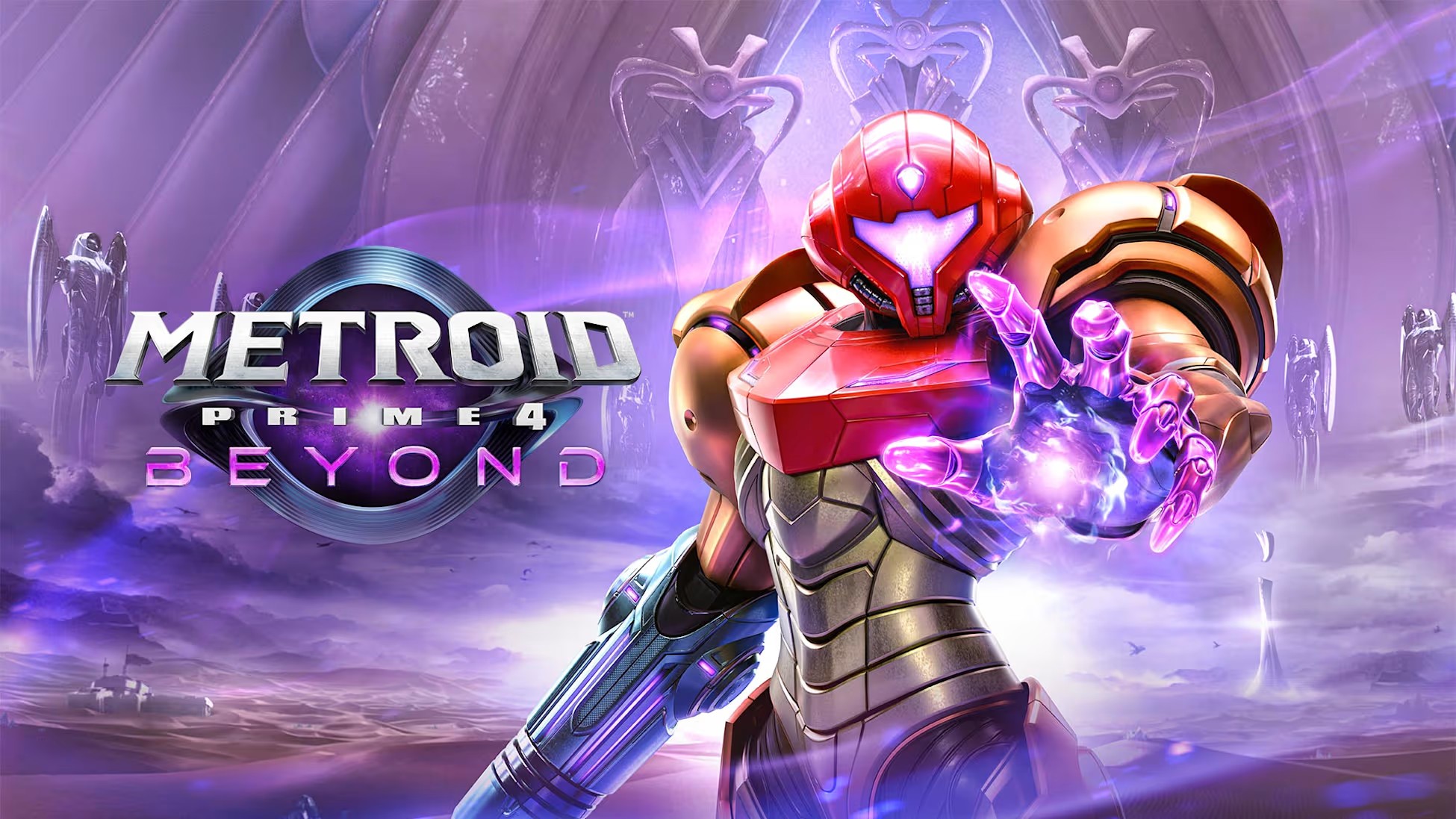 Video games to tackle this winter, including Marvel Cosmic Invasion and Metroid Prime 4: Beyond
Video games to tackle this winter, including Marvel Cosmic Invasion and Metroid Prime 4: BeyondThe Week Recommends A new entry for the Metroid Prime series makes it out of development hell, plus a sequel that brings back the chaotic comedic timing of ‘High on Life’
